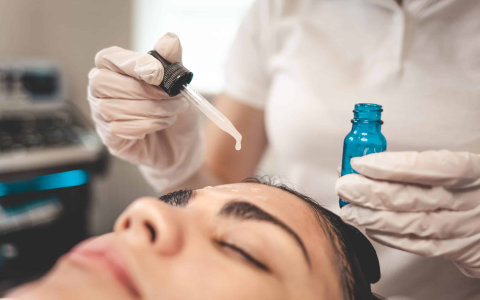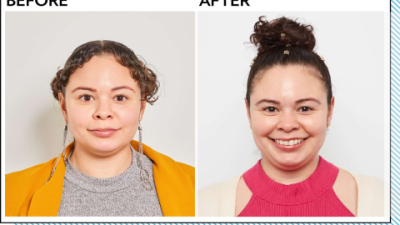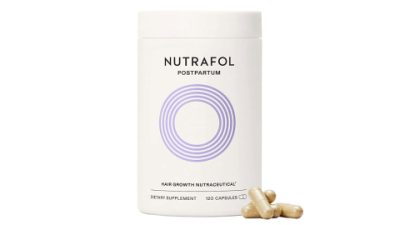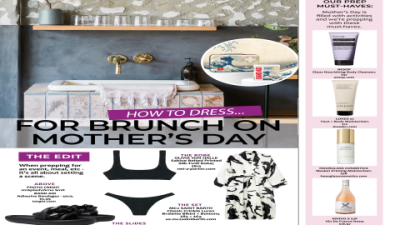Honestly? I was skeptical about microneedling at first. The whole idea of poking tiny holes in my face seemed... well, crazy. But after seeing my friend's skin transformation over just a few months, I had to dive deeper into this whole microneedling with serum thing.
And wow. The science behind it actually makes sense once you get past the initial "why would I hurt my face on purpose" reaction. Basically, those microscopic channels don't just let serums penetrate better - they can increase absorption by up to 3000%. That's not a typo. Three thousand percent better than just slapping serum on your face and hoping for the best.
What Exactly is This Microneedling Business?
So microneedling (some people call it dermarolling, which sounds less scary) is pretty straightforward. You use this device covered in tiny needles to create controlled micro-wounds. Sounds brutal, but it's really not that bad - I promise.

The magic happens when you combine it with the right serums. Those little channels bypass your skin's natural "keep everything out" barrier. Suddenly, ingredients like hyaluronic acid and vitamin C can actually get where they need to go instead of just sitting on top of your skin looking pretty.
Professional treatments can use needles up to 3mm deep. At home? You're looking at 0.25mm to 1.5mm, which is plenty for most people. I started with 0.5mm because I'm basically a wimp when it comes to pain, and it worked great.
The devices have gotten so much better lately too. Some vibrate (which feels weird but works), others have LED lights, and some even combine radiofrequency. But honestly? A basic quality dermaroller with good serums will give you amazing results.
Why Your Skin Actually Absorbs Stuff Better
Your skin is basically designed to keep things out. Great for survival, not so great for skincare. The stratum corneum - that's the fancy name for your skin's outer layer - is like a brick wall.
Microneedling temporarily creates little doorways through that wall. Research shows it works for both water-loving and oil-loving ingredients. Those massive hyaluronic acid molecules that normally can't get through? Boom, they're in. Vitamin C that usually just sits there oxidizing? Now it's actually doing something useful.
Here's the cool part - your skin stays super-absorptive for 6- hours after treatment. So timing your serum application matters. A lot.
The pH and temperature of your serum affects how well it penetrates too. That's why some brands make special post-microneedling formulas. They're not just trying to sell you more stuff (okay, they kind of are, but the science checks out).
When Will You Actually See Results?
This is where I need to be real with you. Don't expect overnight miracles, but you might be surprised how quickly some changes happen.
Right away (like within days):
- Your skin feels more plump and hydrated
- There's this subtle glow from better circulation
- Things feel tighter somehow
After a few weeks:
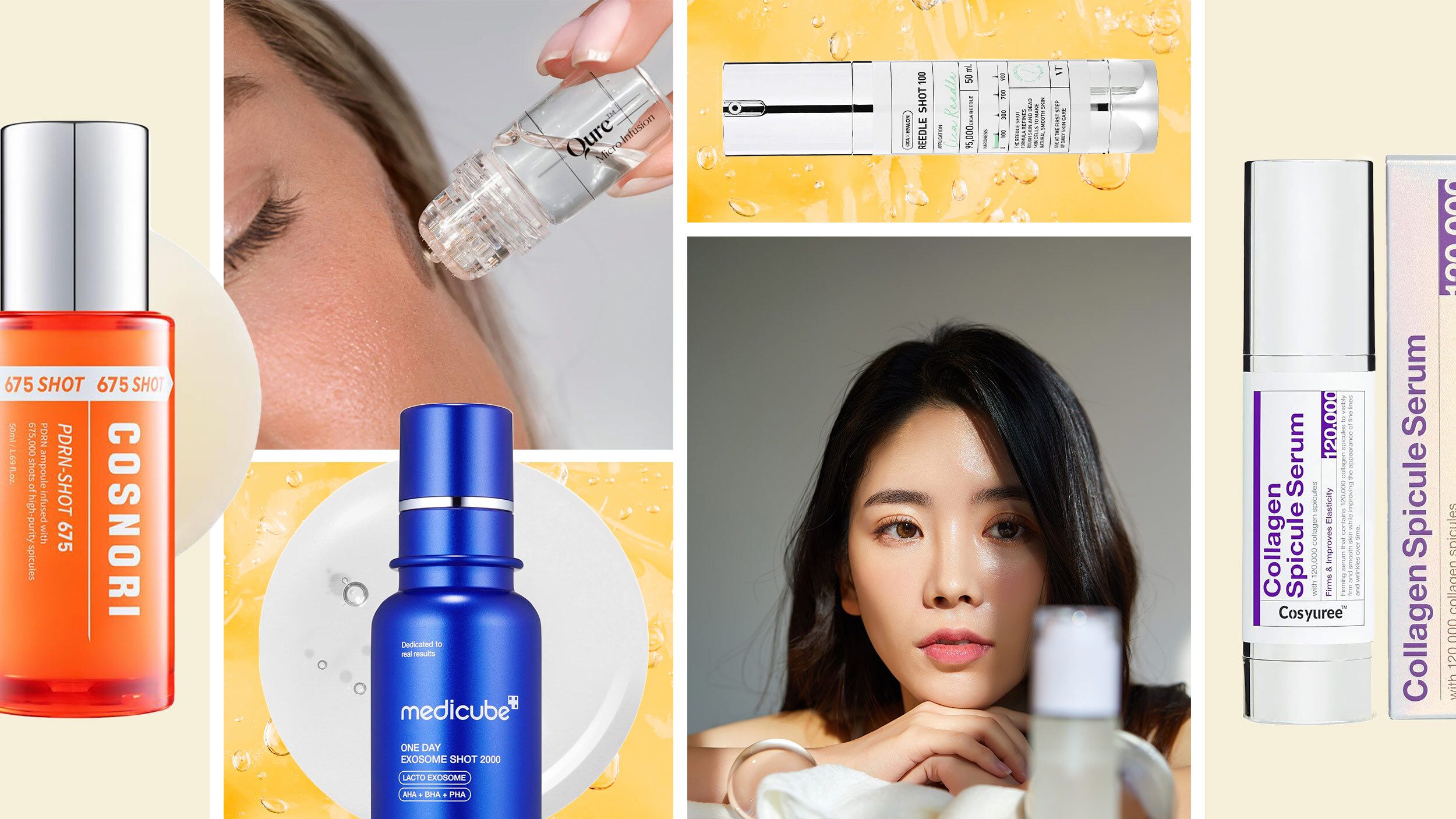
- Texture gets smoother - this was the first thing I really noticed
- Fine lines look less obvious
- Skin tone evens out
- Pores seem smaller (they're not actually smaller, but they look it)
The long game (2- months):
- This is where the real collagen magic happens
- Acne scars start fading
- Everything feels more bouncy and firm
- Your skin just looks... better. Healthier.
I'm not going to lie though - if you're dealing with deep scarring or really mature skin, you might need to wait 6- weeks before seeing major changes. Younger skin responds faster, which seems unfair but that's biology for you.
Picking the Right Serum (This Part is Crucial)
Not all serums play nice with freshly needled skin. I learned this the hard way when I used a retinol serum right after microneedling. Bad idea. Very bad idea.
The good guys:
Hyaluronic Acid - Start here if you're new to this. It's gentle, works for everyone, and the results are immediate. Look for low molecular weight versions - they penetrate better.
Vitamin C - Amazing for brightening and collagen support, but be picky about the type. L-ascorbic acid is powerful but can sting. Magnesium ascorbyl phosphate is gentler if you have sensitive skin like me.
Peptides - These are like little messengers telling your skin to make more collagen. They're expensive but worth it if you're serious about anti-aging.
Growth Factors - The premium option. They speed up healing and really boost collagen production, but they'll cost you.
The not-so-good guys:
- Retinoids - too intense for compromised skin
- AHA/BHA acids - save these for non-microneedling days
- Anything with fragrance - just don't
- Alcohol-based stuff - it'll dry you out and sting
Professional vs DIY: What's Actually Worth It?
I've done both, and here's my honest take:
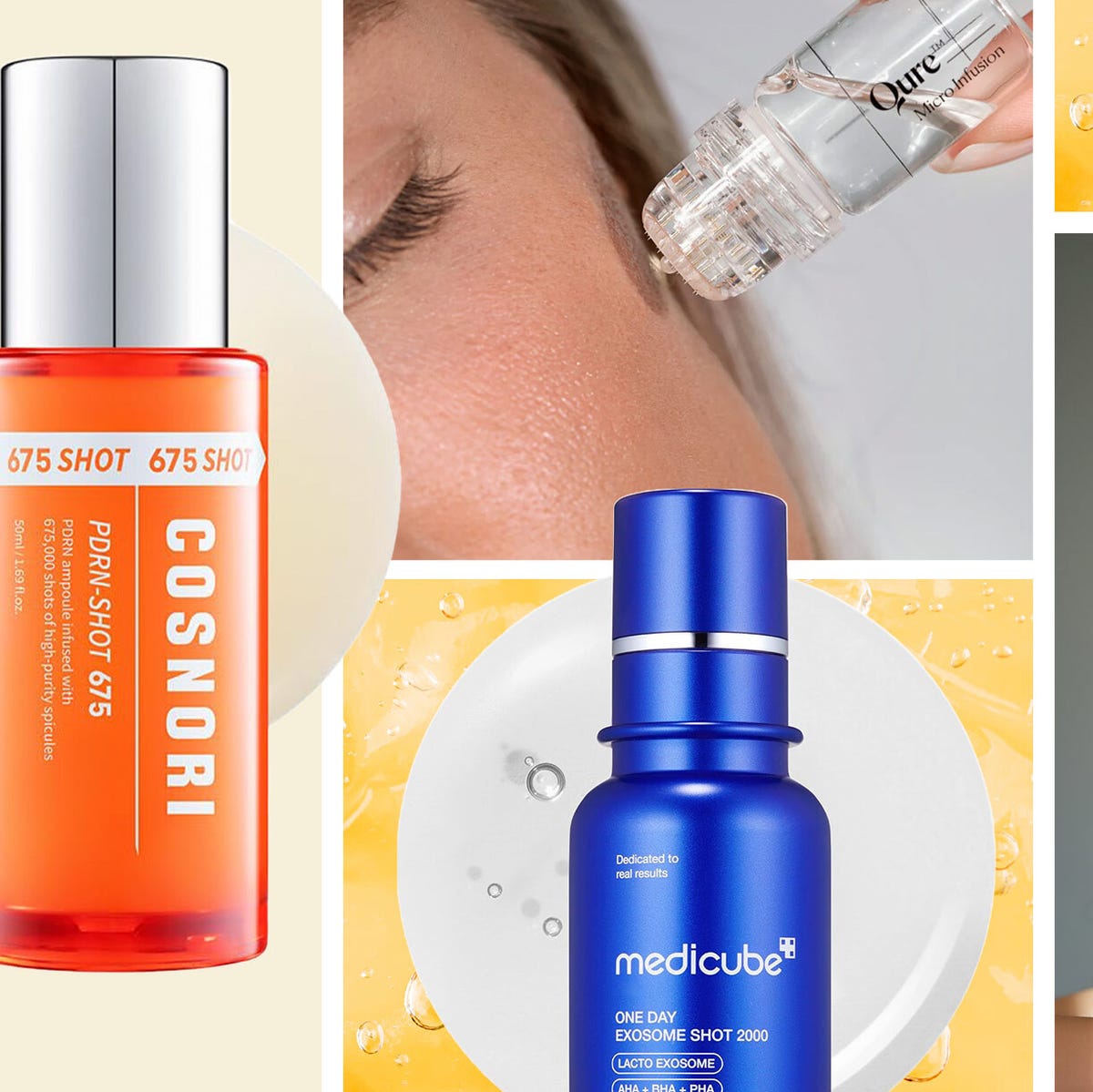
Professional treatments hurt more, cost more, but deliver bigger results. They can go deeper (1.5-3mm), use medical-grade serums, and there's something to be said for having an expert do it. Plus, if something goes wrong, it's not your fault.
At-home treatments are gentler, way more affordable long-term, and you can do them whenever you want. Perfect for maintenance or if you're just starting out.
My strategy? Professional treatment every 3- months for the big improvements, at-home maintenance every week or two. Best of both worlds without breaking the bank.
How to Actually Do This Right
Okay, the step-by-step stuff. This matters more than you think.
Before you start:
Clean your device with rubbing alcohol - seriously, don't skip this. Wash your face with a gentle cleanser. Have your serum ready and at room temperature.
During treatment:
Work in sections - I usually do forehead, each cheek, chin. Don't press hard - let the needles do the work. Go vertical, horizontal, then diagonal for even coverage. And please, be gentle around your eyes.
After:
Apply your serum immediately - within 2- minutes if possible. Pat it on, don't rub. If you're doing this during the day, sunscreen is non-negotiable.
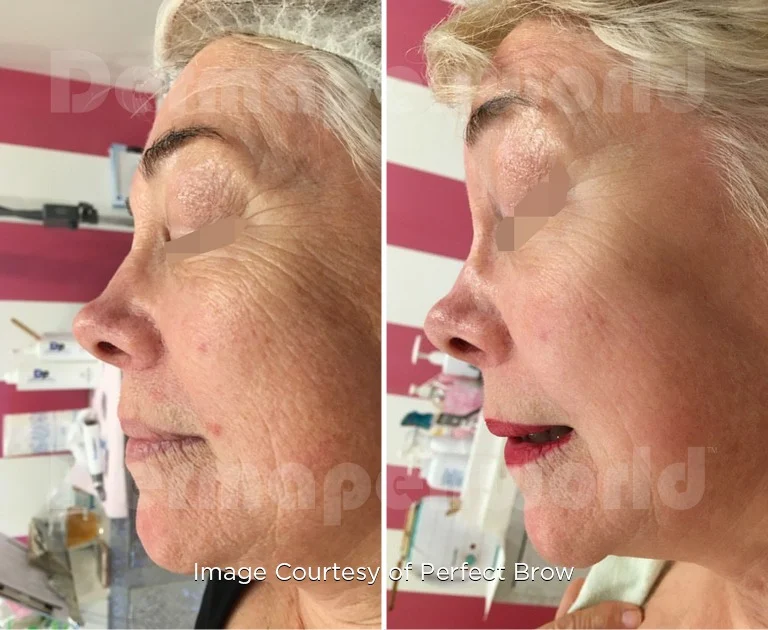
Common Mistakes (Learn from My Errors)
I thought more was better when I started. Wrong. Overdoing it just irritates your skin and slows down results. Stick to the recommended schedule even when you're excited about results.
Using the wrong serum post-treatment was my biggest mistake. That retinol incident I mentioned? My face looked like a tomato for three days. Learn from my pain.
Not sterilizing properly is asking for trouble. Bacteria + open channels = potential disaster. Always clean before and after use.
Pressing too hard doesn't make it work better. I have a tiny scar near my temple from being overly enthusiastic. Gentle pressure is all you need.
Safety First (Because Nobody Wants Skin Damage)
Some people shouldn't microneedle at all. If you have active infections, tend to scar badly, take blood thinners, or are pregnant, skip this entirely.
If you have sensitive skin, eczema flares, or psoriasis, wait until things calm down. And if you've had cold sores, you might want to talk to your doctor about antiviral medication first - microneedling can trigger outbreaks.
Always patch test new serums on a small area first. I test on the inside of my wrist and wait hours. Better safe than sorry.
Questions Everyone Asks
How fast will I see results?
You'll notice hydration and glow within a day or two. Real changes in texture and firmness take 2- weeks. The big transformation happens over 3- months as your collagen rebuilds.
Can sensitive skin handle this?
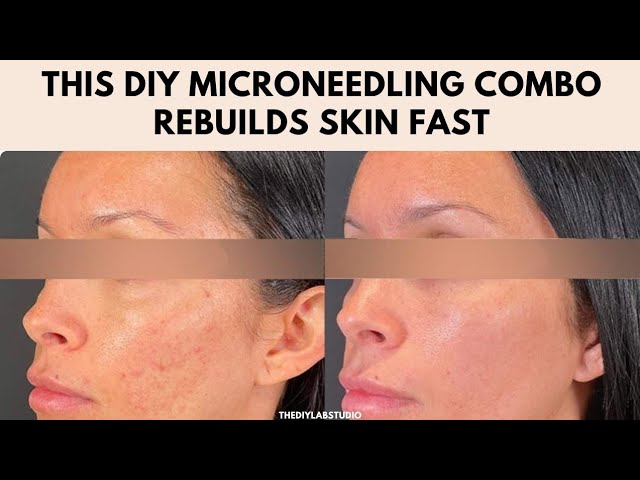
Yes, but go easy. Shorter needles, longer breaks between treatments, and stick to gentle serums like hyaluronic acid.
What's the difference between 0.5mm and 1mm needles?
0.5mm is perfect for beginners and serum absorption. 1mm goes deeper for more collagen stimulation but needs more recovery time.
When should I replace my device?
Every 3- months depending on how often you use it. Dull needles are less effective and more likely to cause damage.
Can I do this with acne?
Not during active breakouts - you'll spread bacteria. But microneedling is great for acne scars once everything clears up.
Making It Work Long-Term
The secret to great results isn't just the microneedling - it's building a solid routine around it. Good cleansers, proper moisturizers, and religious sun protection make everything work better.
I keep a treatment log because honestly, I forget what worked and what didn't. Track your needle depth, serums used, and how your skin reacted. It helps you dial in the perfect routine.
Don't expect perfection immediately. Your skin is learning and adapting. Some treatments will work better than others, and that's completely normal.
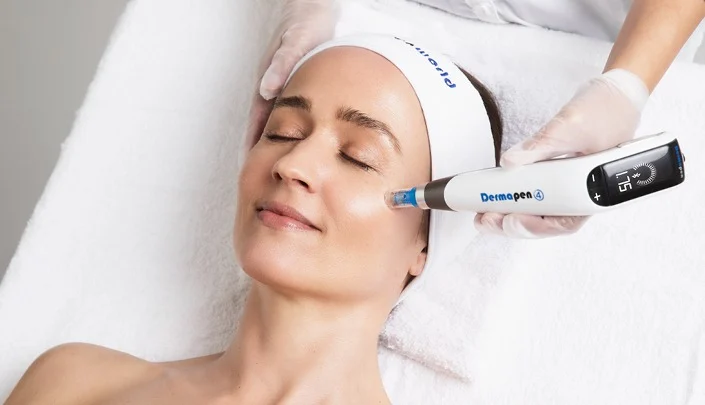
Getting a professional assessment every months or so helps too. A dermatologist can spot things you might miss and suggest tweaks to your routine.
Look, microneedling with serum isn't magic, but it's probably the closest thing to it that you can do at home. Be patient, be consistent, and be gentle with yourself. Your skin will thank you for it.
